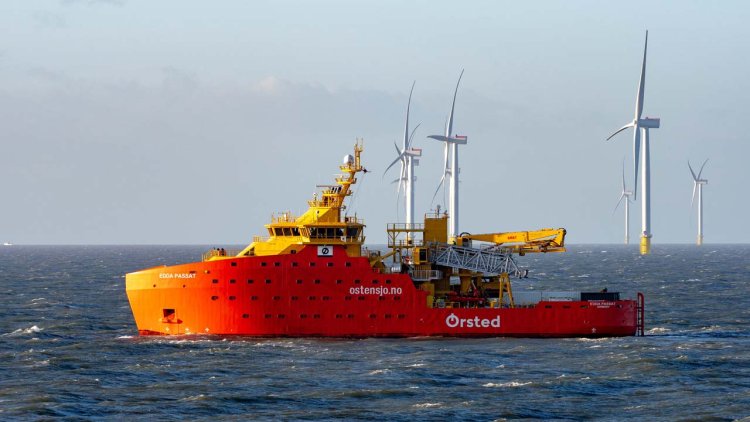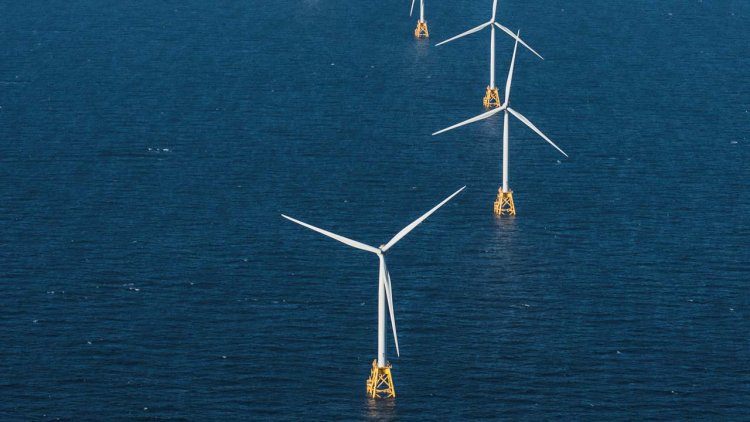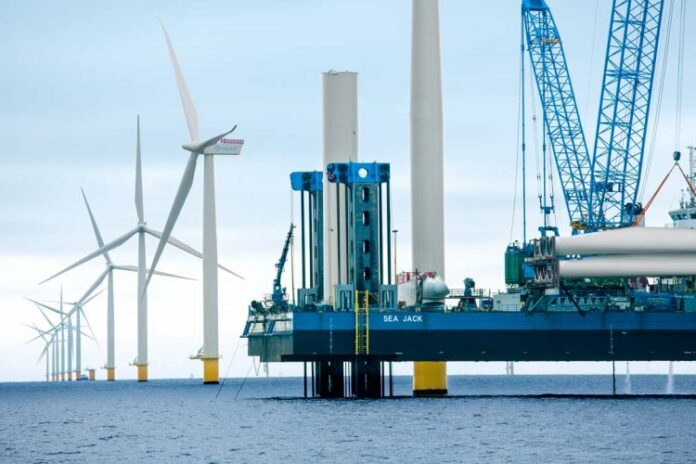The Science Based Targets initiative (SBTi) has launched the Net-Zero Standard as the world’s only framework and leading standard for aligning corporate net-zero targets with climate science.
SBTi’s new Net-Zero Standard provides a common, robust, and science-based definition of net-zero and offers companies a way to set verified decarbonisation targets with long-term emissions reduction plans that are consistent with limiting the global temperature rise to 1.5 °C above pre-industrial levels. Ørsted is the first and only energy company to receive the new net-zero validation and one of only seven companies on the list.
Mads Nipper, CEO at Ørsted, says:
“We see growing ambitions from businesses to reach net-zero, and that’s absolutely necessary to reach a net-zero world. However, it’s critical that these goals meet the requirements of climate science. I encourage all business leaders who want to have a real impact on climate to commit to the necessary near-term and long-term reductions under the new SBTi-standard.”
The Paris Agreement states that global emissions must reach net-zero by mid-century to stabilise temperature rise to 1.5 °C above pre-industrial levels. This has led to a boom of corporate net-zero goals in recent years, with over two-thirds of the global economy now aiming to reach net-zero emissions by mid-century. Despite this trend, pathways to meet net-zero emissions have been translated in varying and inconsistent ways, resulting in growing criticism of corporate climate targets.

Up until now, there has been no credible criteria to define what long term net-zero targets – consistent with the 1.5 °C scenario – look like. As a consequence, businesses have had significant discretion on how they define their pathways towards net-zero, allowing some to claim net-zero and basing their net-zero commitments to a large extent on offsets without the significant reduction in emissions required to accelerate decarbonisation.
SBTi’s new standard spells out that rapid action is needed to halve emissions before 2030, and that long-term deep emissions cuts of 90-95 % across the value chain are essential before 2050 for net-zero targets to align with science. In practice, this means that companies must place a cap of 5-10 % on the amount of residual emissions that they offset through carbon removal projects. With the new framework, businesses now have a way to substantiate their net-zero plans with underlying long-term reduction targets, ensuring that these pathways are consistent with the latest climate science.
Ørsted was previously one of the first energy companies to set a near-term science-based target for reducing emissions from power and heat generation and has the following targets:
- Reducing scope 1 and 2 GHG emissions to 10 g CO2e/kWh by 2025, corresponding to a 98 % reduction from a 2006 base year.
- In 2020, raising its ambition to address its entire carbon footprint, Ørsted committed to reaching net-zero emissions across its entire value chain by 2040.
- To help realise near-term action towards this goal, Ørsted put in place a specific value chain decarbonisation target of reducing its absolute scope 3 GHG emissions by 50 % by 2032 from a 2018 base year.
By phasing out coal and accelerating the build out of green energy, Ørsted is fully on track to meet its scope 1 and 2 target. To meet its scope 3 target, Ørsted is gradually reducing its natural gas sourcing portfolio and has launched an industry-leading supply chain decarbonisation programme, closely engaging with suppliers to reduce emissions from the goods and services it sources.




